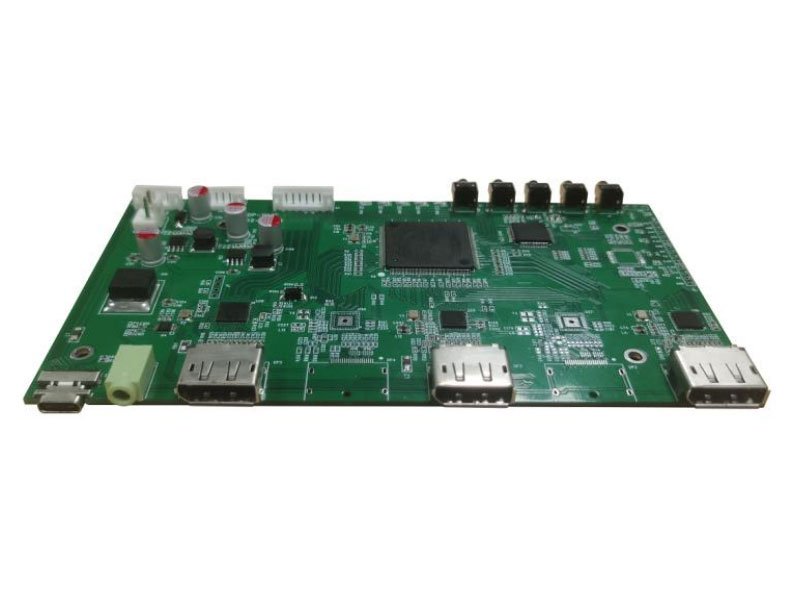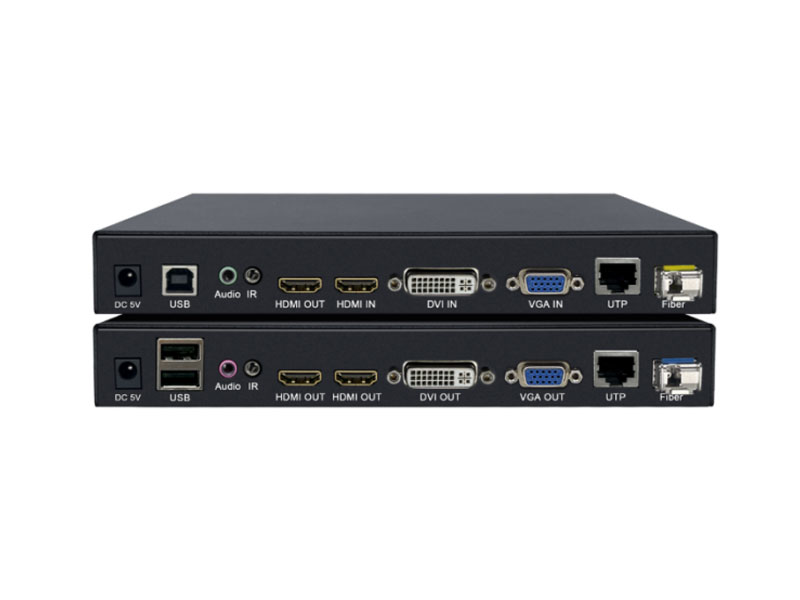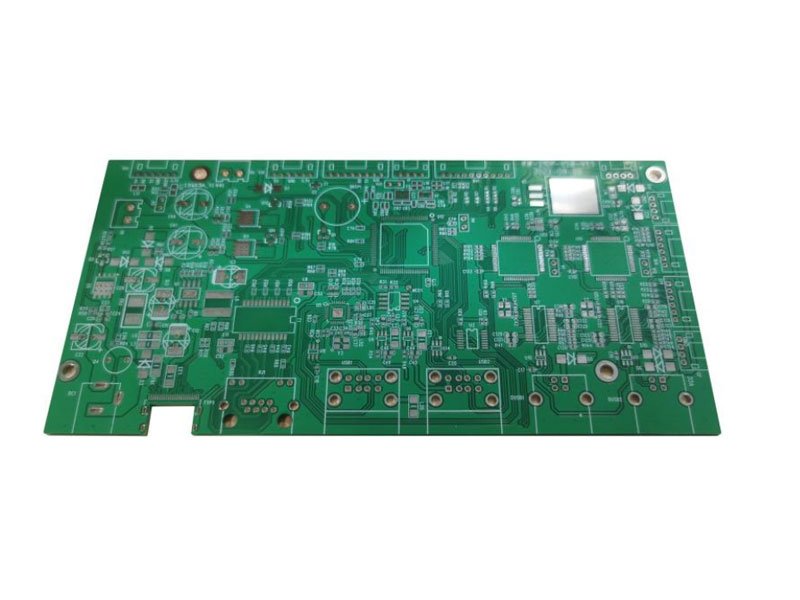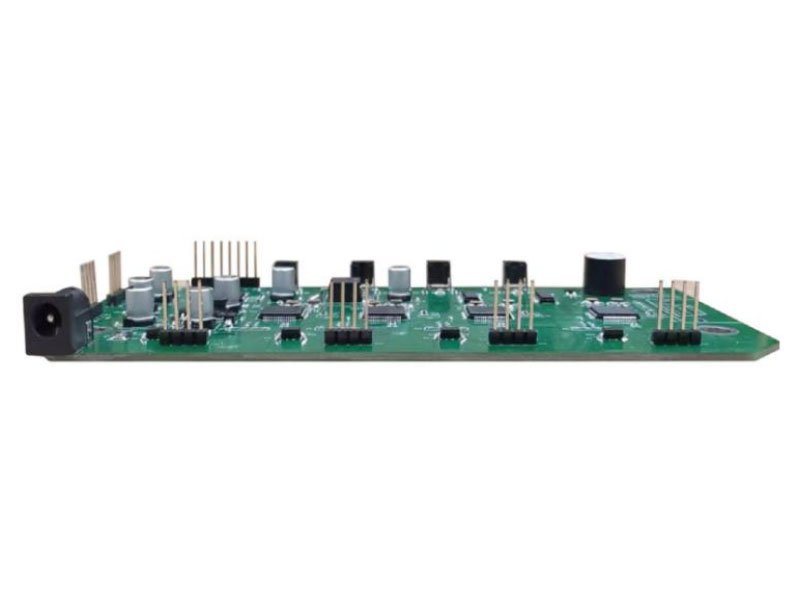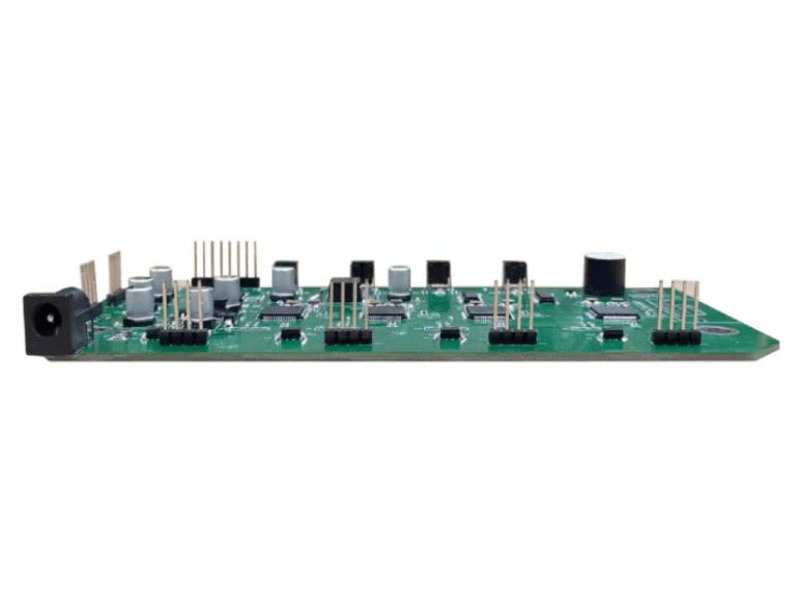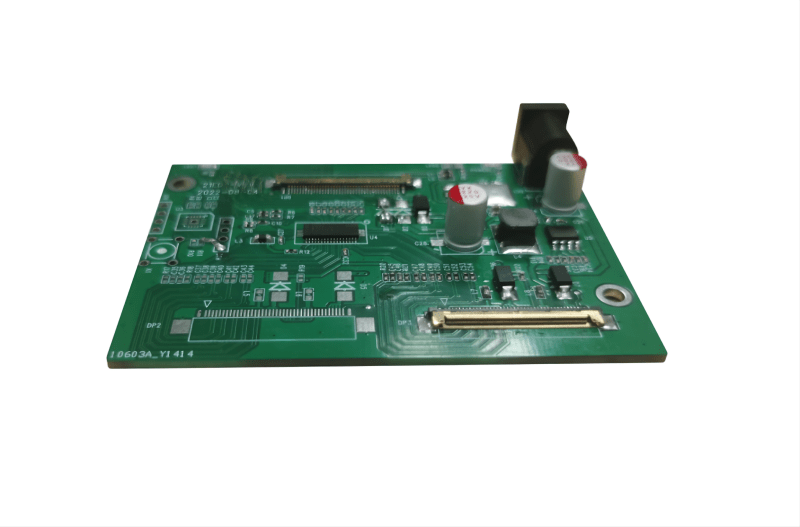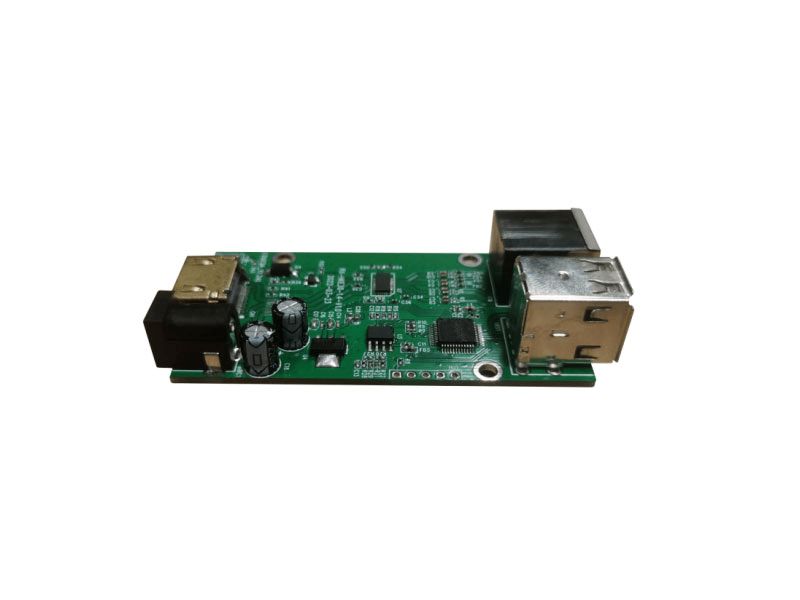- - 福建高清光端機(jī)價(jià)格趨勢(shì)及市場(chǎng)分析
- - 佳訊光端機(jī):優(yōu)秀的光纖入戶設(shè)備
- - 視頻信號(hào)單線傳輸,手機(jī)軟件下載全攻略!
- - 深圳光纖延長(zhǎng)器廠商詳解技術(shù)應(yīng)用與發(fā)展
- - 電腦視頻編碼器下載攻略,快速提升視頻編碼體驗(yàn)
- - 光端機(jī)信號(hào)究竟是什么導(dǎo)致了它的時(shí)有時(shí)無(wú)?
- - 以太網(wǎng)光端機(jī)定額解析與選購(gòu)建議
- - 濱江區(qū)全新光端機(jī)扣件技術(shù)發(fā)展與應(yīng)用探析
- - 廣西光纖延長(zhǎng)器制造商——行業(yè)內(nèi)領(lǐng)先的延長(zhǎng)器生產(chǎn)廠家
- - 五類網(wǎng)線延長(zhǎng)器,解決網(wǎng)線長(zhǎng)度短的問(wèn)題
- - 全方位保護(hù):監(jiān)控光端機(jī)覆蓋范圍及應(yīng)用示例
- - 光端機(jī)URG技術(shù)詳解:高精度三維掃描和快速建模實(shí)戰(zhàn)指南
- - 長(zhǎng)沙光端機(jī)購(gòu)買指南:如何選擇適合自己的光端機(jī)?
- - 技術(shù)解讀:朗恒KVM延長(zhǎng)器報(bào)價(jià)及選購(gòu)建議
- - 佛山光纖延長(zhǎng)器廠商:技術(shù)領(lǐng)域的領(lǐng)軍者
- - 基于網(wǎng)絡(luò)安全需要,為何光端機(jī)成為技術(shù)部署的新中心?
- - 陜西電話光端機(jī)價(jià)格分析及未來(lái)趨勢(shì)預(yù)測(cè)
- - 歐柏HDMI光端機(jī):數(shù)字信號(hào)高清傳輸利器


視頻信號(hào)傳輸方式及英文解釋:有線傳輸、無(wú)線傳輸、光纖傳輸。
摘要:
本文將介紹視頻信號(hào)的傳輸方式,包括有線傳輸、無(wú)線傳輸和光纖傳輸,并提供英文解釋。讀者將了解這三種不同類型的傳輸方式,以及它們的優(yōu)缺點(diǎn)和應(yīng)用場(chǎng)景。
一、有線傳輸
有線傳輸是指使用電纜來(lái)傳遞視頻信號(hào)。這種傳輸方式在過(guò)去的幾十年里一直是最常用的方式之一,因?yàn)樗娜萘看蟆⑿盘?hào)穩(wěn)定可靠。常用的有線傳輸電纜包括同軸電纜、雙絞線和HDMI(高清晰度多媒體接口)電纜。
然而,有線傳輸?shù)娜秉c(diǎn)也很明顯。首先,電纜需要普及鋪設(shè),這意味著視覺(jué)上不美觀、移動(dòng)性不強(qiáng),并且安裝費(fèi)用高昂。其次,電纜的使用距離通常不能太遠(yuǎn),當(dāng)電纜距離太遠(yuǎn)時(shí),信號(hào)會(huì)變得更加失真,導(dǎo)致視頻質(zhì)量下降。
英文解釋:
Wired transmission refers to using cables to transmit video signals. This type of transmission has been one of the most common methods for decades because of its large capacity, stable and reliable signals. Common wired transmission cables include coaxial cables, twisted pair cables, and HDMI (High Definition Multimedia Interface) cables. However, the disadvantages of wired transmission are also obvious. Firstly, the cables need to be laid, which means that they are not visually pleasing, not very mobile, and have high installation costs. Secondly, the distance in which cables can be used is usually not too far, when the distance of cable is too far, the signal will become more distorted, leading to a decrease in video quality.
二、無(wú)線傳輸
無(wú)線傳輸是指使用無(wú)線電波傳輸視頻信號(hào)。這種傳輸方式已經(jīng)越來(lái)越受歡迎,因?yàn)樗鉀Q了有線傳輸?shù)囊恍┫拗啤o(wú)線傳輸可以通過(guò)Wi-Fi、藍(lán)牙、紅外線和其他無(wú)線頻段進(jìn)行。隨著技術(shù)的不斷進(jìn)步,無(wú)線傳輸?shù)木嚯x和速度也在不斷提高,這使得一個(gè)電視無(wú)需接電纜,就可以接收到來(lái)自其他設(shè)備的信號(hào)。
然而,無(wú)線傳輸?shù)男盘?hào)質(zhì)量通常不如有線傳輸?shù)馁|(zhì)量,特別是在信號(hào)穿過(guò)墻壁、樓層和其他障礙物的情況下,信號(hào)會(huì)變得更加不穩(wěn)定和低效。同時(shí),由于還有其他無(wú)線設(shè)備和干擾源,無(wú)線傳輸也更容易受到干擾和干擾其他設(shè)備的信號(hào)。
英文解釋:
Wireless transmission refers to using radio waves to transmit video signals. This type of transmission has become increasingly popular because it addresses some of the limitations of wired transmission. Wireless transmission can be done through Wi-Fi, Bluetooth, infrared, and other wireless frequency bands. With the continuous advancement of technology, the distance and speed of wireless transmission are also improving, making it possible for a TV to receive signals from other devices without the need for cables.
However, the signal quality of wireless transmission is usually not as good as that of wired transmission, especially when the signal passes through walls, floors, and other obstacles, where the signal becomes even more unstable and inefficient. At the same time, due to the presence of other wireless devices and interference sources, wireless transmission is also more susceptible to interference and interference with the signals of other devices.
三、光纖傳輸
光纖傳輸是指使用纖維光纜傳遞高速、低延遲和高質(zhì)量的視頻信號(hào)的傳輸方式。與有線和無(wú)線傳輸相比,光纖傳輸具有更高的帶寬、更快的傳輸速度和更遠(yuǎn)的傳輸距離。借助于這種傳輸方式,用戶能夠?qū)崟r(shí)觀看高分辨率的視頻,而無(wú)需像有線傳輸時(shí)一樣被電纜距離所限制。
光纖傳輸?shù)牧硪粋€(gè)優(yōu)點(diǎn)是信號(hào)穩(wěn)定性強(qiáng),不會(huì)受到無(wú)線信號(hào)干擾或電纜距離限制的影響。然而,光纖傳輸?shù)娜秉c(diǎn)在于安裝和維護(hù)成本更高,需要光纖光纜和其他專用設(shè)備。在現(xiàn)實(shí)世界中,光纖傳輸通常用于大型機(jī)構(gòu)和企業(yè)、音頻和視頻行業(yè)和其他需要高質(zhì)量視頻和音頻傳輸?shù)膱?chǎng)合。
英文解釋:
Fiber optic transmission refers to the transmission of high-speed, low-latency, and high-quality video signals using fiber optic cables. Compared with wired and wireless transmission, fiber optic transmission has higher bandwidth, faster transmission speed, and longer transmission distance. With this transmission method, users can watch high-definition videos in real-time without being limited by cable distances as in wired transmission.
Another advantage of fiber optic transmission is that the signal is highly stable and unaffected by wireless signal interference or cable distance limitations. However, the disadvantage of fiber optic transmission is that the installation and maintenance costs are higher, requiring fiber optic cables and other specialized equipment. In the real world, fiber optic transmission is usually used in large institutions and enterprises, the audio and video industry, and other occasions that require high-quality video and audio transmission.
四、總結(jié)
在視頻信號(hào)的傳輸方式中,有線傳輸、無(wú)線傳輸和光纖傳輸各自有其優(yōu)缺點(diǎn)和適用場(chǎng)景。有線傳輸信號(hào)穩(wěn)定,但使用距離較短和安裝費(fèi)用高昂;無(wú)線傳輸?shù)氖褂镁嚯x更遠(yuǎn)、更方便,但信號(hào)質(zhì)量可能受到干擾和物理障礙的影響;光纖傳輸具有更高的帶寬、更快的傳輸速度和更好的傳輸質(zhì)量,但安裝和維護(hù)成本更高,適合用于大型機(jī)構(gòu)和企業(yè)、音頻和視頻行業(yè)和其他需要高質(zhì)量視頻和音頻傳輸?shù)膱?chǎng)合。
不同的傳輸方式有不同的應(yīng)用場(chǎng)景,選擇適當(dāng)?shù)膫鬏敺绞綄?duì)于視頻傳輸至關(guān)重要。
返回:音視頻信號(hào)傳輸行業(yè)資訊
上一篇:視頻信號(hào)傳輸線及蘋果手機(jī)無(wú)法播放原因
下一篇:視頻信號(hào)傳輸線纜常用型號(hào)全介紹,買線必看!



